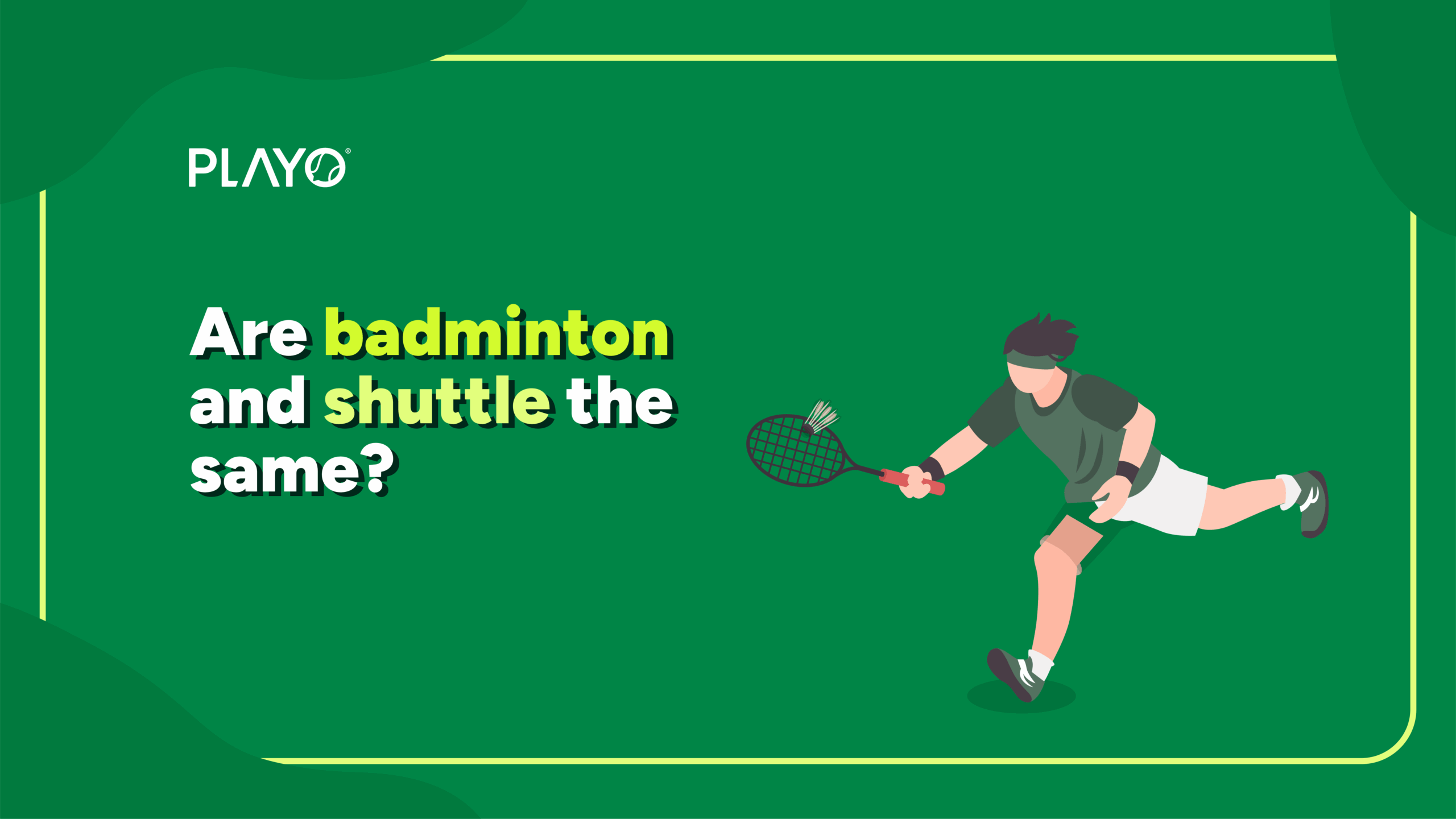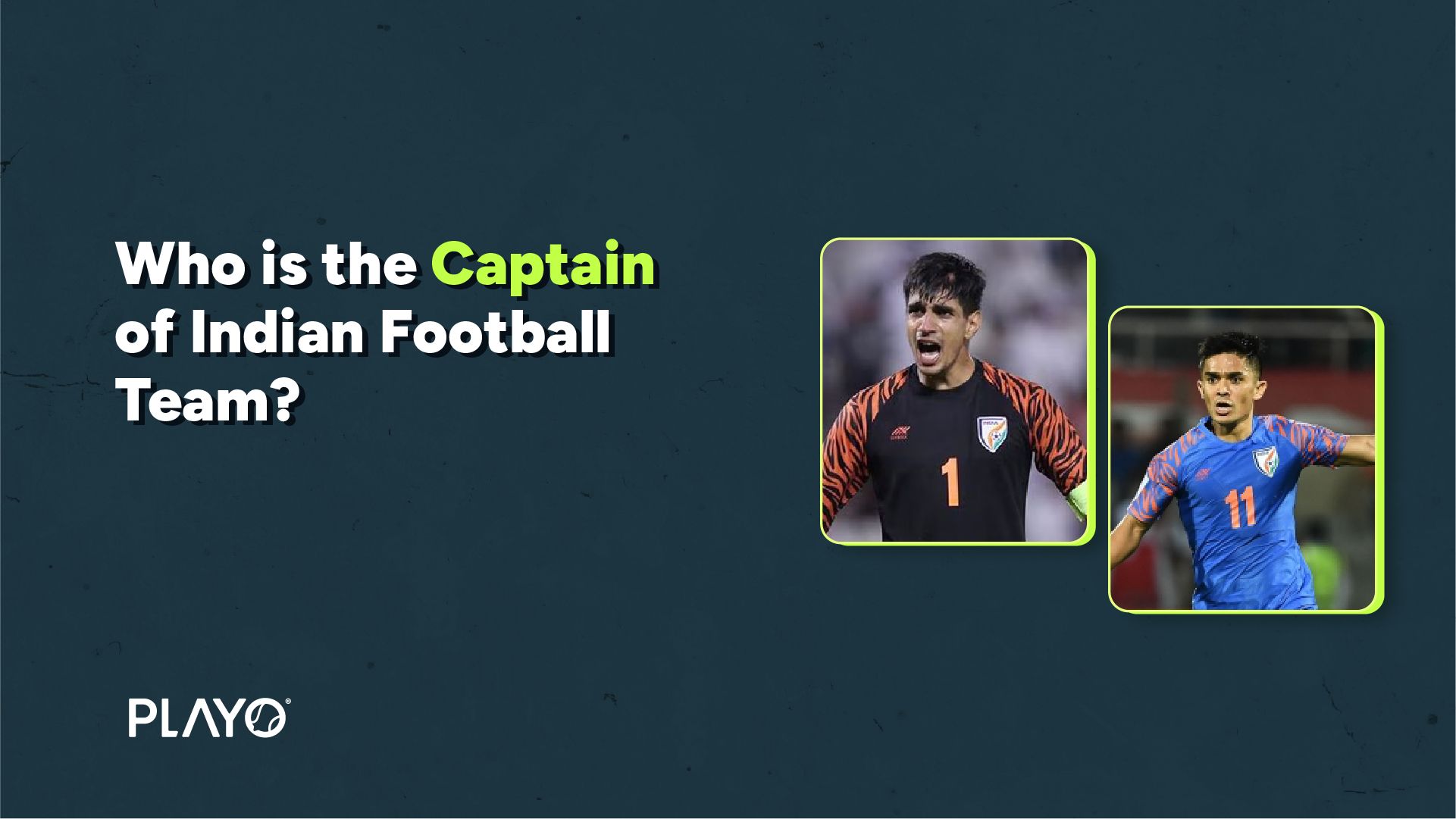No, badminton and shuttle are not the same. Badminton is a racket sport played competitively on a specific court, while a shuttle refers to the object hit during the game, also known as the shuttlecock. Although closely related, badminton is the sport itself, and the shuttle is the equipment used for playing it. Knowing this difference helps you understand the game better and use the correct terminology.
What is Badminton?
Badminton is a sport where players use rackets to hit a shuttlecock over a net into the opponent’s court, trying to score points by making the shuttlecock land inside the boundaries without being returned. It is played on a rectangular court with a net that is lower than in tennis. Badminton requires agility, speed, and precision as the shuttlecock moves fast and the rallies can be quite intense.
Originating in the 19th century, badminton evolved from older games that involved shuttlecocks but became a formalised sport with standard rules, courts, and scoring systems. Matches can be singles or doubles, with winning points scored to 21 in each game.
Read More: Badminton Hand Signals
Shuttle: The Object and the Traditional Game
The shuttle, or shuttlecock, is the feathered projectile that players hit back and forth during the game. The shuttlecock has a unique aerodynamic design made from feathers fixed around a cork or plastic base. It can travel at high speeds but slows down quickly, giving badminton its characteristic fast and strategic play.
Importantly, the “shuttle” is not just equipment but also refers to a traditional game with ancient roots in India and other cultures. The shuttle game has been played for over 2000 years and long predates modern badminton and tennis. In its historical forms, “shuttle” involved two or more players hitting a shuttlecock, sometimes made of feathers and a plastic or cork base, as a recreational activity. There were no standardised courts or scoring systems: players might stand in circles or in lines, often playing until the shuttlecock fell to the ground, rather than to a set score. Tournaments were uncommon, and the main purpose was to keep the shuttle in the air as long as possible.
Because of its long history and simple equipment, the shuttle is considered the ancestor to several modern racket sports, evolving eventually into the game of badminton with established rules and competitive structure.
Difference Between Badminton and Shuttle
Although badminton and shuttle are sometimes used interchangeably in casual speech, they represent different concepts. Shuttle is not only the object used in badminton but also a standalone traditional game with a rich legacy.
| Feature | Badminton | Shuttle (Shuttlecock Game) |
| Definition | A formal racket sport with standardised rules and scoring systems | A traditional game involving a shuttlecock, often informally, without scoring |
| Court | Requires a rectangular court with a net to play | No specific court required; can be played in open spaces, yards, or on beaches |
| Scoring | Played to 21 points per game with official rules | No formal scoring system; play continues until the shuttlecock drops |
| Number of Players | Usually 2 (singles) or 4 (doubles) | Usually 2 or more, sometimes played in groups or circles |
| Equipment | Uses a racket, a net, and a shuttlecock | Uses mainly the shuttlecock; racket use varies |
| Origin | Evolved from shuttlecock games, formalised in the 19th century | An ancient game with origins over 2000 years ago, especially in India |
| Purpose | Competitive sport with tournaments and training | Casual or recreational activity without formal competition |
Conclusion
Therefore, badminton is a formal sport, and the shuttle is both the equipment and the name of an ancestral game involving the shuttlecock. Both share a close relationship but have clear differences in gameplay, rules, and historical background. Knowing that badminton is played on a court with scoring and formal competition, while shuttle can be a casual, non-scored game played anywhere, gives you a full picture.
No matter what term you use, both badminton and shuttle involve engaging with the shuttlecock and offer fun ways to stay active and social.
Frequently Asked Questions
Yes, badminton is excellent for weight loss. It is a high-intensity, full-body workout that can burn 300–600 calories per hour, improve metabolic rate, reduce body fat, and boost cardiovascular health. It is also fun and social, making it easier to stay active consistently.
Badminton originated in England in the 19th century, evolving from the older Eurasian game “battledore and shuttlecock,” though simpler shuttlecock games existed in India, China, and Greece thousands of years ago.
The best badminton racket weight is between 80–90 grams (unstrung). Lighter rackets (about 80–85g) are ideal for beginners and defensive play, while slightly heavier rackets (85–89g) suit advanced players and power shots.
Pullela Gopichand, Saina Nehwal, and PV Sindhu are regarded among India’s greatest badminton players for their international success and major championship wins.
Badminton is the name of the sport, and the shuttlecock (or shuttle) is the projectile object used in the game. The terms are not interchangeable.
To join the national team in India, train at state or national academies, participate in recognised tournaments, and get selected based on ranking, skill, and performance in national trials organised by the Badminton Association of India (BAI).





0 Comments